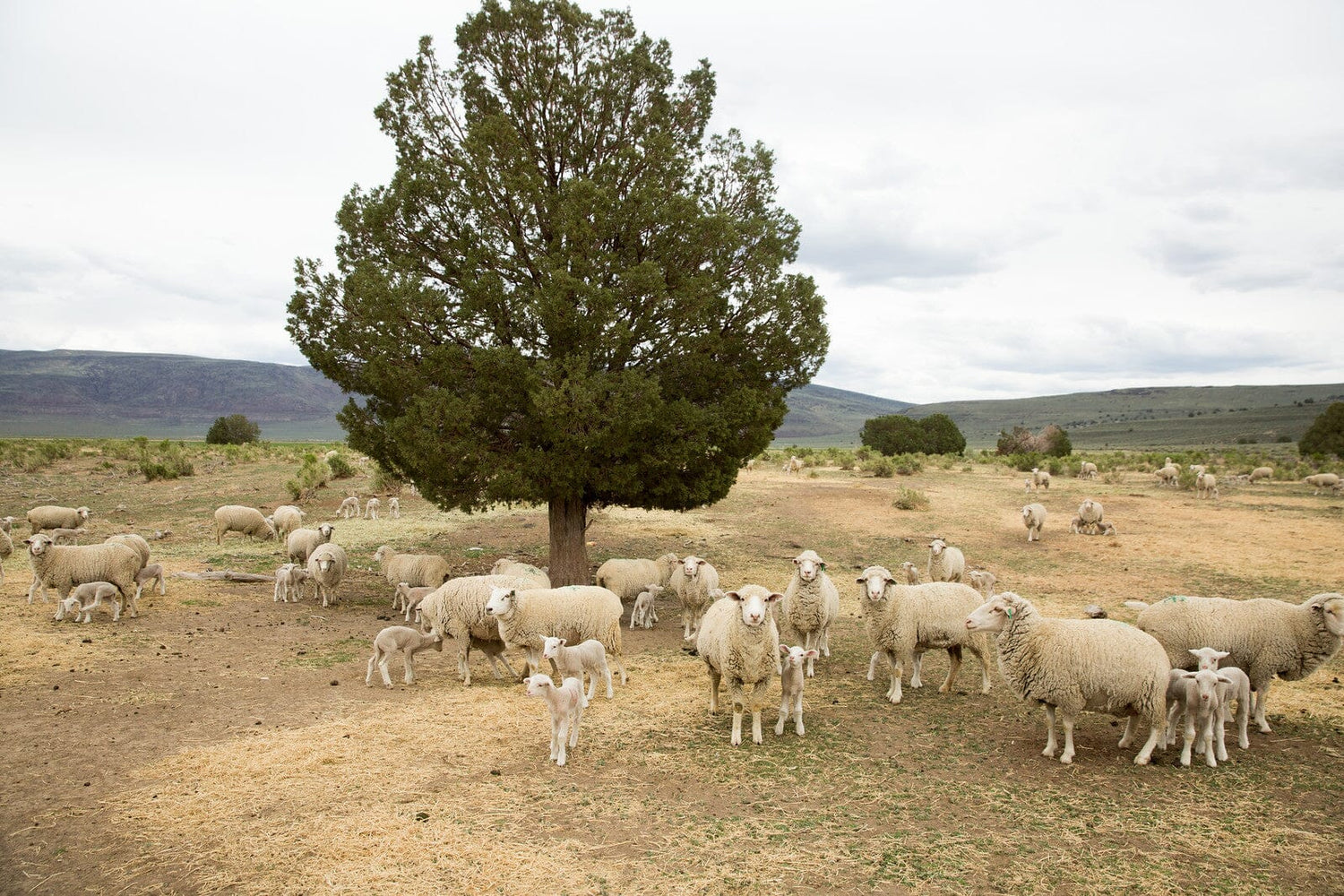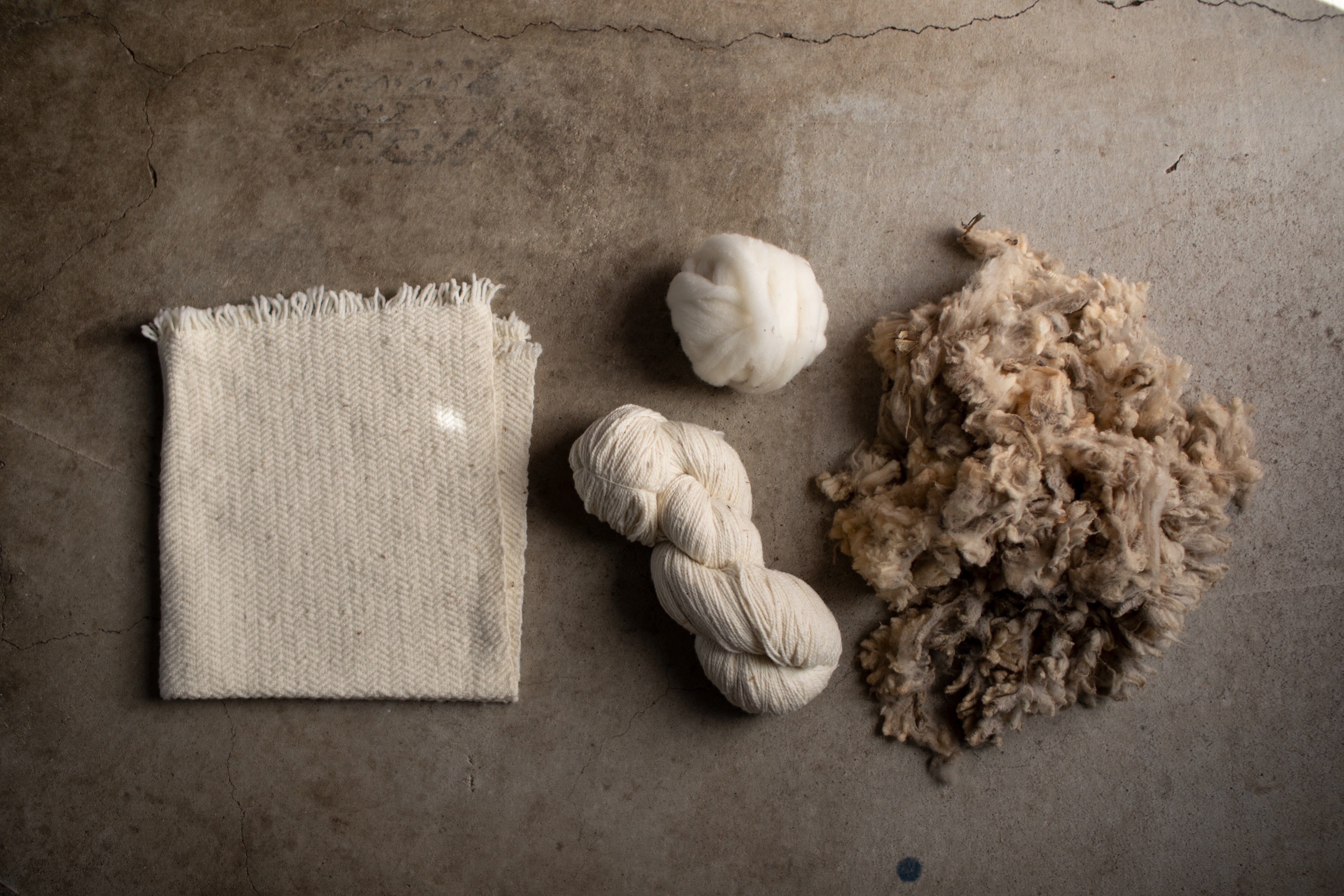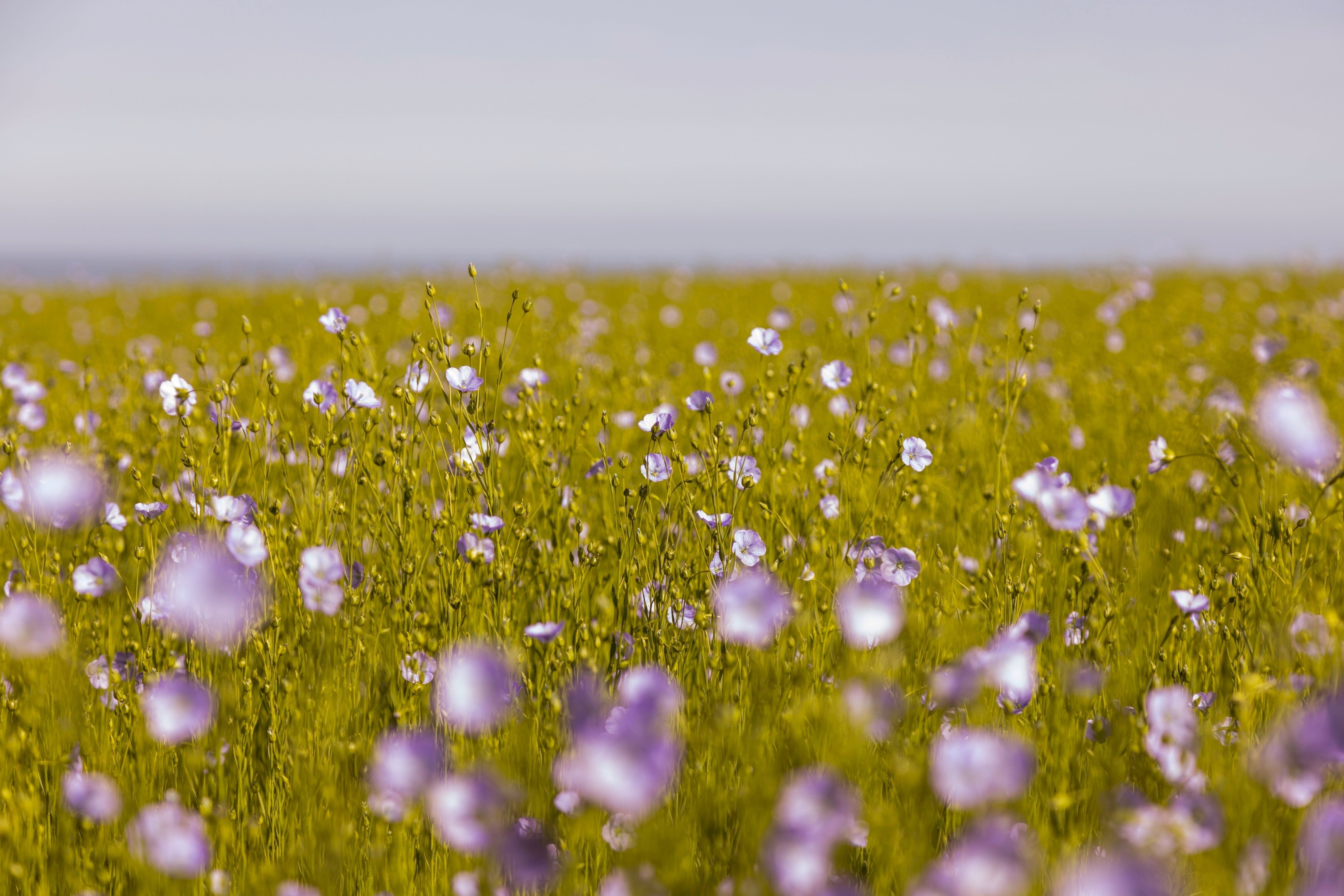At its core, Climate Beneficial™ wool starts with the sheep and the soil they graze on. By implementing carbon farming practices like rotational grazing, compost application, and planting perennial grasses, this wool actively helps draw carbon dioxide out of the atmosphere and store it in the soil. It’s a natural material that gives back, contributing to a healthier planet.
Wool production is rooted in rangelands, which cover roughly 3.3 billion hectares globally and store around 30% of the world’s terrestrial soil carbon pool. This makes them a critical part of climate resilience. When managed properly, rangelands have enormous potential to sequester carbon, replenish soil health, and support biodiversity.
At Bare Ranch in Northern California, these practices have been mapped out in detail. The ranch spans 4,500 acres carefully managed to increase biodiversity, improve soil health, and capture carbon. Through practices like compost application, prescribed grazing, and tree planting, Bare Ranch is expected to sequester nearly 4,000 metric tons of CO₂e over 20 years.The fiber itself is as soft, durable, and breathable as any high-quality wool, but its production is part of a larger regenerative system. This approach doesn’t just limit harm—it contributes to climate solutions.
The Journey from Farm to Fiber
The path of Climate Beneficial™ wool is a story of thoughtful land stewardship and skilled craftsmanship, all happening within North America:
Bare Ranch, Northern California – The journey begins here, where Climate Beneficial™ wool is grown using regenerative farming practices, helping to restore the land and increase soil carbon storage.
Huston Textile Co, California – The raw wool is then spun into yarn at Huston Textile Co., a small-scale mill dedicated to working with natural fibers.
New York, NY – From there, the yarn is knitted into toques, using a fully fashioned technique to minimize waste.
Victoria, BC – Finally, the finished pieces arrive, ready to be worn by those who value quality and a true connection to the land.
This supply chain is local, transparent, and rooted in values. Every step reinforces the connection between maker, material, and community.
Why North American Production?
Choosing North American production isn’t just practical—it’s intentional.
Proximity to Source. The wool doesn’t travel halfway around the world to be processed, reducing transportation emissions.
Local Economies. Supporting farmers, mills, and makers here ensures fair wages and a resilient local economy.
Accountability. With shorter supply chains, there’s greater oversight, ensuring that every step aligns with high environmental and ethical standards.
Circular Connection. By creating and consuming locally, we strengthen the relationship between the land, the products we wear, and the people who make them.
The Carbon Benefits
Bare Ranch’s Carbon Farm Plan outlines specific strategies that make this wool part of a climate solution:
Prescribed Grazing. Managing when and where sheep graze improves soil health and increases forage production, leading to an estimated annual carbon sequestration of 790 metric tons of CO₂e.
Compost Application. Adding compost to rangelands enhances soil organic matter, improving fertility and further capturing carbon. Research shows that a single ½-inch layer of compost on rangelands can sequester 1.3–1.6 metric tons of CO₂e per hectare per year for at least a decade.
Silvopasture & Windbreaks. Planting trees and shrubs on grazing land provides shade for animals, reduces soil erosion, and traps carbon in biomass, contributing significantly to carbon drawdown.

Why Wool Over Synthetics?
Compared to synthetic fibers, wool has a dramatically different environmental impact. Polyester production, for example, emits nearly three times the CO₂ equivalent per kilogram of fiber compared to wool. And while synthetic fabrics shed microplastics into the environment, wool is biodegradable and breaks down naturally in soil and water.
A well-made wool garment also has a longer lifespan. On average, wool garments are worn 29% more frequently than cotton or polyester alternatives and require less washing due to wool’s natural odor resistance.
Why It Matters
Climate Beneficial™ wool is about more than clothing—it’s about care. Care for the soil, the animals, the people, and the planet. It’s a way to rethink how we make and consume, turning fashion into something that heals rather than harms. From the farm soil to the knitting mill, this wool tells a story of collaboration, regeneration, and hope. When we choose it, we’re not just buying a garment—we’re supporting a better (circular) future.
All images by Paige Green.
Sources and Further Reading
Greenhouse gas costs and benefits from land-based textile production by Dr. Marcia DeLonge



